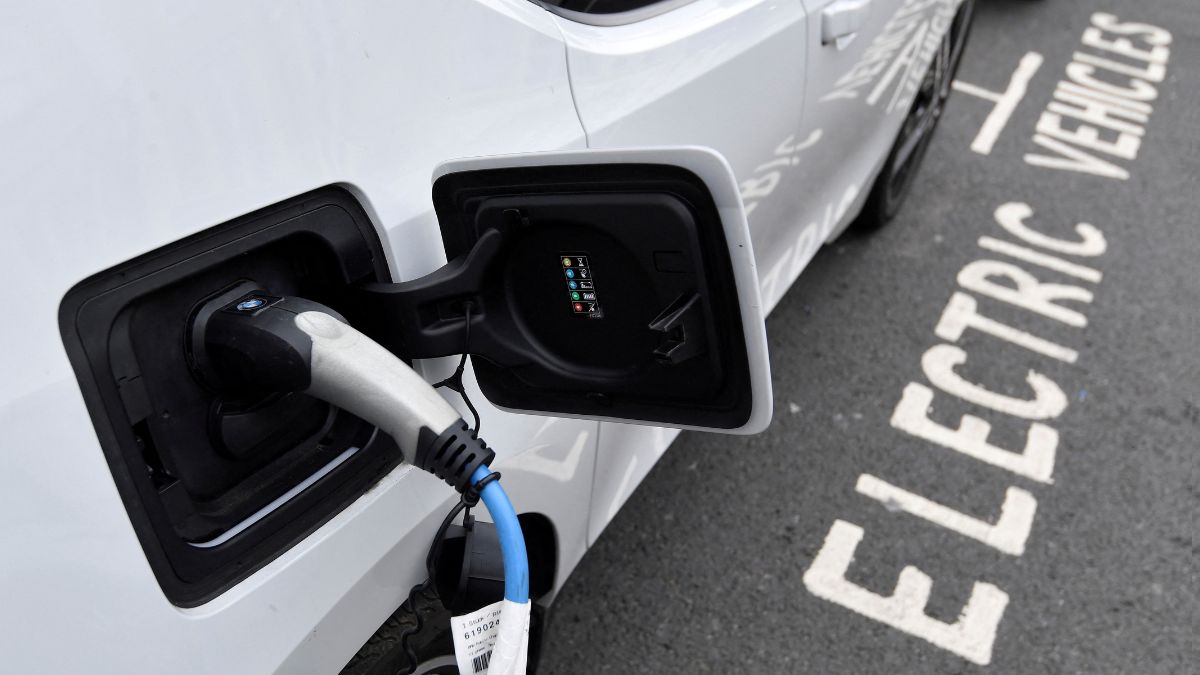The East African nation of Ethiopia is making headlines for its aggressive and fast-paced transition to electric vehicles (EVs).
With a combination of government policies, ambitious goals, and growing local manufacturing capabilities, Ethiopia is rapidly positioning itself as a leader in green mobility on the African continent.
How is Ethiopia embracing electric mobility?
Ethiopia became the first country in the world to ban the import of gas-powered passenger vehicles in January 2023. This decision was part of a larger government-led effort to accelerate the adoption of EVs.
The country currently has around 100,000 electric vehicles on its roads, and the Ethiopian government estimates that this number will quadruple by 2032.
The decision to ban gas-powered vehicles was driven by several factors, including the high cost of importing fuel and Ethiopia’s abundant renewable energy resources. Approximately 96 per cent of Ethiopia’s electricity comes from clean hydropower, making the switch to EVs a financially and environmentally sound choice.
Impact Shorts
More Shorts“They really are a clean-energy country,” CNN quoted Jane Akumu, a Kenya-based program officer at the United Nations Environment Programme. “Why are you importing oil while you have local electricity that you can actually use for your vehicles?”
What is being done aid this transition?
To further support the transition, the Ethiopian government has implemented several policies aimed at making EVs more accessible. The customs tax on imported gas vehicles, which was as high as 200 per cent, has been slashed to just 15 per cent for fully assembled EVs.
Additionally, the government has reduced or eliminated import tariffs on EV parts that are assembled locally. This has spurred the growth of local manufacturing, with companies like Belayneh Kindie Group assembling hundreds of EVs using parts imported from China.
Chinese state media quoted Besufekad Shewaye, a manager at Belayneh Kindie Group who highlighted the impact of these policies: “Nowadays most vehicle owners prefer EVs, especially light vehicles. The demand is increasing from day to day.” The company is part of a growing number of local businesses that are capitalising on the government’s push for electric mobility.
In June, Ethiopia inaugurated its largest EV factory in Debre Berhan, built by local entrepreneur Belayneh Kinde at a cost of more than $52 million. The factory is expected to produce around 1,000 cars per year.
What challenges is this move facing?
Despite these advances, Ethiopia faces significant economic challenges that could hinder its progress. The country is grappling with a large economic deficit, conflicts in the Amhara region, and difficulties in securing foreign loans.
The country is also considering devaluing its currency to generate scarce foreign currency, which could impact its ability to import the necessary components for EVs.
These challenges have delayed the completion of key infrastructure projects, including the $5 billion Grand Renaissance Dam, which is crucial for upgrading the electricity network needed to support the growing number of EVs.
The cost of EVs also remains a barrier for many Ethiopians. Some Ethiopians who initially embraced EVs are now reconsidering their choice, reported Rest of World.
Buoyed by the government’s push, some have already bought electric vehicles but are now looking to switch back to hybrid or fossil-fueled cars due to the high cost of EVs and the limited charging infrastructure.
“In terms of who is buying EVs, it’s definitely those in the high-income groups,” CNN quoted Iman Abubaker, who works on sustainable transportation for the World Resources Institute. To address this, Abubaker’s group and others are advocating for increased investment in electric buses and public transport, so that people of all income levels can benefit from the transition to electric mobility.
What has been the impact on public transportation?
Ethiopia’s push for EVs extends beyond private vehicles to public transportation. The government plans to import 4,800 electric buses and 148,000 electric cars as part of its 10-Year Perspective Development Plan, which runs from 2021 to 2030.
In March 2024, the capital city, Addis Ababa, introduced its first fleet of electric buses for public transit. These buses are assembled locally, with components supplied by Chinese companies, and are part of a broader effort to reduce pollution and promote sustainable transportation.
Also Read: China’s BYD wants car plant in Pakistan that can’t charge its EVs yet coz…
The shift to electric public transportation has been well-received by both drivers and passengers. The electric minibuses can travel between 270 and 350 kilometers on a full battery charge, depending on the use of the air conditioner and the vehicle’s load, reported Chinese state media.
What next?
Ethiopia’s government is optimistic about the future of electric mobility in the country. The nation’s vehicle fleet has seen a gradual but sustained rise in the number of EVs, with electric vehicles already accounting for nearly 10 per cent of all vehicles on the road. By 2030, the government aims to have 500,000 EVs on the streets, up from the current goal of 150,000.
Yet, despite the rapid progress, challenges remain.
Also Watch:
)